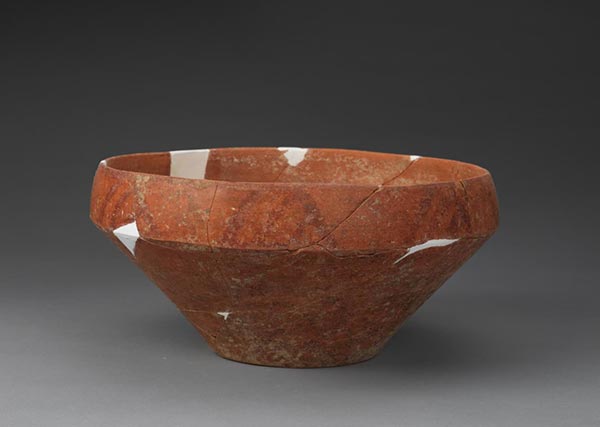 |
|
Undated file photo provided by the Zhengzhou Cultural Heritage Bureau shows a relic unearthed from the Qingtai Ruins in Zhengzhou, capital of Central China's Henan province. [Photo/Xinhua] |
The experts said the relic indicates that the ancestors of Qingtai had some astronomical knowledge, and the worship of the celestial body may have formed a grand sacrificial ceremony for observing the solar terms and praying for a good harvest.
Gu Wanfa, president of the Zhengzhou Municipal Institute of Cultural Relics and Archaeology, said that Qingtai is a large-scale trench settlement in the Yangshao Culture period, with a total area of about 310,000 square meters.
He said nine pottery pots were arranged in the "Big Dipper Nine Stars" pattern. They were surrounded by urn coffins of the same period, tombs, mortars and sacrificial pits of different periods and other related relics.
Previous to Qingtai, the Taosi Observatory in Xiangfen county, northern China's Shanxi province, of 4,200 years ago, represented the earliest evidence in the study of the astronomical calendar in ancient China.
The experts suggested researching the relationship between the two astronomical relics and functions of the relics.